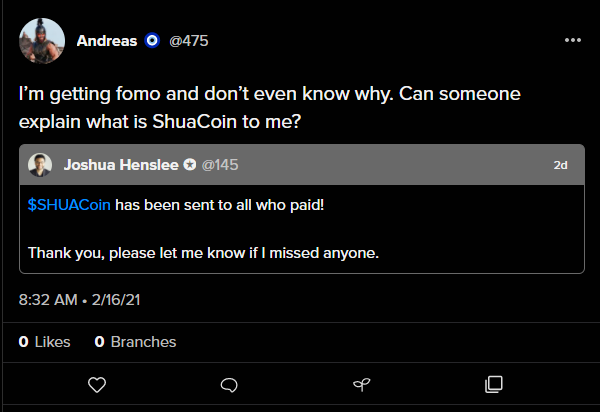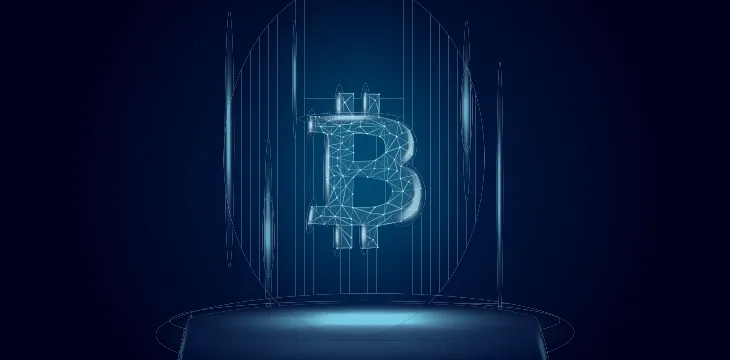|
Getting your Trinity Audio player ready...
|
Bitcoin is the world’s best platform for creating digital “tokens.” It scales unbounded, it’s fast and cheap, and the base protocol rules can’t change. For Bitcoin to make headway at enterprise level, it’s important to consider serious use cases for tokens first.
BSV has platforms like Tokenized, Elas, sCrypt and now Fabriik‘s SFP (Simple Fabriik Protocol) to create tokens for anything that could (and should) be represented digitally. We’ve seen experimental demos of how tokens can be used with Transmira’s Omniscape augmented reality concept at the last CoinGeek conference, and RelayX used the Run protocol to create USDC, BSV’s first “stablecoin.”
Just as these platforms are designed to create useful items for business and government, they can also be used for experimentation and fun. History also shows us that games and novelties can get out of hand pretty quickly.
As Jeff Goldblum said in Jurassic Park: “Your scientists were so preoccupied with whether or not they could, they didn’t stop to think if they should.” Or in other words, preserved-DNA experiments could prove beneficial, but building a live dinosaur theme park as the first project took events in the wrong direction.
The famous Spider-man quote “with great power comes great responsibility” traces all the way back to the French Revolution and even the Bible. Bitcoin technology confers great power on its users—for Bitcoin to truly succeed, developers should make sure their creations show off its best attributes.
Mini tokenmania
Given the endless possibilities Bitcoin technology offers, and enthusiasts’ eagerness to experiment, build something new, and maybe even create a well-known collectible, it’s easy to see why many got excited at the thought of creating new tokens on Fabriik’s SFP protocol. With SFP, the ability to create new tokenized assets on the BSV blockchain became even more accessible.
The Bitcoin (and wider blockchain) community also has a historic tendency to create hype and speculation around transferable digital assets—something that led to Joshua Henslee’s experimental Shuacoin token trading informally for over US$100 on Twetch this week. This is fun, but it’s easy to see how these tendencies could be exploited by bad actors or an irresponsible approach to token creations. In the Ethereum world, things went from CryptoKitties (the fun game) to $140,000 virtual cat tokens in just a few months.

Underlying this is the notion that any digital asset could somehow have a monetary or collectible value. This notion is older than Bitcoin, and was common in closed-system games like World of Warcraft, Second Life… and even Roblox. Actually the human tendency to collect items goes back a lot further than that. Just look at any serious stamp, art, butterfly, or coin collection… or Cabbage Patch Kids, sneakers, and Beanie Babies.
To avoid those comparisons, speculative manias, scams and any notion that Bitcoin isn’t serious, it’s important to maintain focus on creating tokens that are useful in the real/business world. Promotional coupons, concert tickets, loyalty points and tokenized property titles aren’t as fun to talk about as collectibles, but these are the things that would see Bitcoin become more widely adopted in the enterprise space.
Perhaps we need a different word to use instead of “tokens.” That word aptly represents the concept, but thanks to its past association with ICOs, pumps and price speculation, it may be better to find a name that breaks that mental link and charts a new direction that’s unique to Bitcoin. Or we could just stick with “token,” and keep building. But when creating tokens, it’s better to think about selling useful concepts to businesses, rather than tokens to individuals. Bitcoin is more than a game.

 07-18-2025
07-18-2025 





